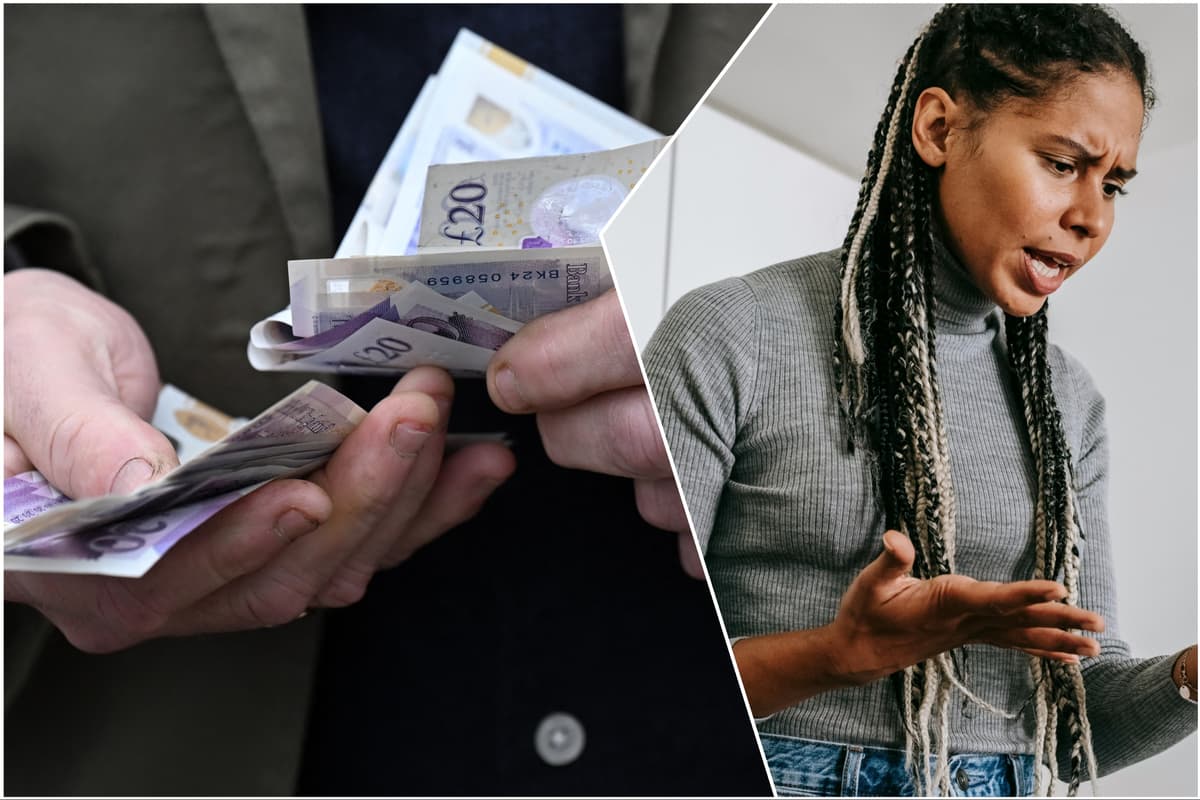Copyright thescarboroughnews

The Government is reintroducing Direct Recovery of Debts (DRD), allowing HMRC to recover unpaid taxes from people’s bank accountsBut strict safeguards apply, and it can only be used for debts over £1,000Taxpayers are notified in advance and given 30 days to object or agree a payment plan before any money is takenThe measure targets a minority who can afford to pay but refuse to engage, not those in genuine hardshipWhen DRD was last active, it was used in only 19 cases out of more than 22,000 reviews It’s one of those worrying rumours that occasionally does the rounds online; that HMRC can simply dip into your bank account and take what you owe. For anyone who’s ever fallen behind on a tax bill, it’s an unsettling thought. With the Government set to reintroduce something called Direct Recovery of Debts (DRD) in 2025, those rumours have started resurfacing. But how true are they? Is it really possible for the tax office to remove money from your bank or savings account, and if so, under what circumstances could that happen? Here’s how the system actually works, what’s changing, and who needs to pay attention: What is Direct Recovery of Debts (DRD)? Direct Recovery of Debts is a legal power that lets HMRC recover outstanding tax or tax credit debts directly from a debtor’s bank accounts. It first appeared in the 2015 Finance Act, but in practice it’s been used only sparingly, and was paused altogether during the pandemic. In simple terms, the power allows HMRC to bypass the usual court process and instruct banks or building societies to transfer money straight to the tax authority to settle a debt. That could include funds in a current account, savings account, business account or even a cash ISA. But this is far from a carte blanche. The rules are highly restrictive: The debt must be at least £1,000.HMRC must have made repeated attempts to contact the person first.The individual must be shown to have the means to pay.At least £5,000 must remain untouched across all accounts after any deduction. These safeguards are meant to ensure DRD is used only as a last resort against those who can afford to settle but simply refuse to do so. How does the process work? If someone owes HMRC money and fails to engage despite multiple reminders, the department can issue a hold notice to their bank. This freezes the specified funds but doesn’t immediately transfer them. At this stage, the individual is notified in writing and given 30 days to object. During that period, they can provide evidence of hardship, dispute the debt, or negotiate a Time to Pay arrangement. Only if no valid objection or payment plan is agreed will HMRC proceed with the withdrawal. In other words, it’s not an instant or “secret” process, it follows several stages and opportunities for appeal. The law also provides a right to challenge the action through the County Court if someone believes HMRC has made an error or failed to consider vulnerability or hardship. Why is the Government bringing DRD back in 2025? The policy was paused during the Covid-19 pandemic as HMRC shifted its focus to support schemes and debt recovery was softened. But unpaid tax liabilities have since ballooned, standing at around £45 billion in 2024. The Government’s view is that DRD helps tackle a small minority of debtors who have money in the bank yet refuse to pay, freeing up resources to support those in genuine difficulty. From 2025, HMRC will begin reintroducing the powers in a “test and learn” phase, allowing officials to review cases carefully and ensure that safeguards for vulnerable people remain strong. Officials stress this will not be a mass campaign or automatic deduction system, rather a targeted measure used only in select cases. Who could it affect? The vast majority of taxpayers will never be affected by DRD. It’s aimed squarely at those who, owe more than £1,000 to HMRC, have ignored multiple letters or attempts to make contact, have sufficient funds available to pay the debt in full, and are not considered vulnerable or experiencing hardship. Anyone already speaking to HMRC, making payments, or seeking help to manage their debt will not face direct deductions. In fact, even when DRD was previously active, HMRC used it extremely rarely. Between 2016 and 2018, out of more than 22,000 potential cases, only 19 people actually had money taken. In most instances, the threat of DRD was enough to prompt payment or negotiation before it reached that stage. What should you do if you owe HMRC money? If you’re behind on a tax bill, the best step is to contact HMRC as soon as possible. The department regularly agrees Time to Pay plans, which let you spread your bill over several months. Ignoring letters or calls is the worst approach, as that’s what can ultimately lead to enforcement action. If you receive a notice of potential DRD action, respond within the 30-day window. You can object, provide financial evidence, or ask to set up an affordable payment plan. So, can HMRC take money from your bank account? In limited cases, yes. But only after clear warnings, formal notices, and ample opportunity to respond. The 2025 reintroduction of DRD is designed to target a small group of deliberate non-payers, not to surprise ordinary taxpayers. For most people, this isn’t something to fear, it’s just another reason to stay on top of correspondence from HMRC and deal with tax debts early, before things ever reach that stage. For pensioners, similarly inaccurate headlines have lead to worries that HMRC will be taking £300 from bank accounts. This isn’t quite true, and understanding the process can help avoid unnecessary worry.



